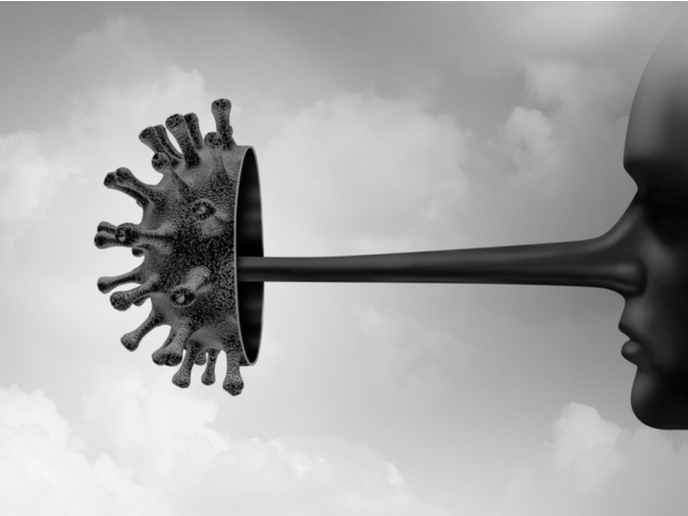Adaptation to a new territory: the role of pathogens and the immune system
Most emerging infectious diseases (EIDs) originate from wildlife, and host or parasite translocations by human intervention constitute primary drivers. However, the interactions between the invading and native host’s parasites, and their immune responses are poorly understood. As with COVID-19, we don’t know why certain individuals have a higher risk of getting seriously infected.
Studying parasite-host interaction in wild rodents
Scientists with the project INVASIMMUN took advantage of the bank vole (Myodes glareolus), a wild rodent introduced in Ireland via Germany in the 1920’s. The project was undertaken with the support of the Marie Skłodowska-Curie Actions (MSCA) programme and aimed to analyse the infection dynamics of native and invasive species in relation to immune phenotype. “The continuing range expansion of the bank vole within Ireland presents a natural large-scale perturbation experiment, with empirical data and known expansion routes already available,” explains MSCA fellow Peter Stuart. The bank vole is, therefore, an established model species for studying disease dynamics in a more natural environment. Along with this, it is suitable for investigating the factors that influence the invasion process and the emergence of any infectious diseases. Furthermore, it offers the opportunity to investigate the ecological and evolutionary adaptation of immune responses. To investigate helminth (parasitic worm) parasites and their dynamics, the fellow followed M. glareolus and the native wood mouse (Apodemus sylvaticus) in woodlands across Ireland. Contrary to existing studies that primarily focus on invasive host species or the native host species, INVASIMMUN studied parasite transmission in both species. Data on parasite communities at different stages of host life unveiled a dynamic process in host parasite interaction. M. glareolus in Ireland was found to have lower parasite diversity compared to its relatives from across Europe and the wood mouse in Ireland. In addition, the expanding M. glareolus population was less parasitised than the core population, possibly influencing the successful spread of the invader across Ireland. Overall, the spatiotemporal analysis on parasite dynamics of both native and invasive species demonstrated an important role for seasonality and the stage of the invasion. Researchers also measured immune gene expression and identified changes in the immune phenotype and natural pathogen exposure during the colonisation process by the bank voles. “This will further our understanding of the key question in this study of who is getting infected and why,” notes Stuart.
Project impact and future prospects
According to the enemy release hypothesis, host population dynamics are influenced by pathogens, parasites and predators. When a species invades a new territory, it leaves behind these enemies, and the success of its dominance in the new environment depends on the encounter with native pathogens. By transferring knowledge on disease transmission obtained from laboratory animals into the wild, INVASIMMUN has managed to study the complexity of the immune response during species adaptation in a new environment. With a view to the future, Stuart adds: “Despite increased biosecurity, species will continue to change because of increased global travel networks and climate change. As species disperse, so will their parasites, leading to EIDs.” With new funding from the EU-funded BIODIVERSA and EPA Ireland project, Stuart will continue research on the relationship between biodiversity and disease using wild rodents as a model system.
Keywords
INVASIMMUN, immune response, host, parasite, bank vole, M. glareolus, Apodemus sylvaticus







